快速掌握视觉贴标机的学习与使用
快速掌握视觉贴标机的学习与使用
一、视觉贴标机快速入门框架
本文的目的是帮助用户,快速掌握如何使用视觉贴标机。对于刚接触视觉贴标机的用户,可以按照“原理认知→硬件配
置→系统操作→建模实践→优化升级”的路径进行学习。本文将提供结构化学习指南,助您在短时间内快速掌握核心技
能。
二、理解设备运行逻辑原理
视觉贴标机的工作原理
1. 核心工作流程:
图像采集→特征识别→坐标计算→运动控制→质量反馈
图像采集:通过工业相机捕捉产品图像
特征识别:算法提取贴标位置特征点
坐标转换:将图像坐标系转换为机械坐标系
运动控制:驱动贴标头精准到达目标位置
贴合标签:覆标动作完成
闭环反馈:二次拍照验证贴标精度(可选)
2. 关键子系统组成
简单了解学习理解
成像系统: 相机、镜头、光源 光学参数匹配关系;
处理系统:工控机/嵌入式处理器, 软件平台操作逻辑;
执行系统: 伺服电机、气动元件 ,运动控制参数设置。
三、视觉硬件基础速成
1. 相机选型三要素
分辨率:根据检测精度选择(公式:精度=视野宽度/像素数)
常规应用:200万-500万像素(如Basler acA2000)
高精度场景:1200万像素及以上(如海康MV-CH120)
帧率:需≥生产线节拍(例:60帧/秒对应3600件/小时)
接口类型:GigE视觉适用于多数场景,10GigE适合高速产线
2. 镜头参数速查表
参数 计算方式 示例场景
焦距(f) f=工作距离×芯片尺寸/视野宽度 30cm工作距选16mm镜头
景深(DOF) DOF=2×容许弥散圆×F值² F8光圈时景深约±3mm
畸变率 工业镜头应<0.1% 远心镜头可达0.01%
3. 光源选型技巧
条形光:适合平面物体(如纸盒)
同轴光:消除反光(如金属表面)
穹顶光:解决复杂曲面阴影问题
四、系统操作四步速通法
步骤1:基础参数设置
设置相机IP地址与触发模式(硬触发/软触发);
配置像素当量(mm/pixel),例:0.02mm/pixel对应50倍放大;
建立坐标系原点与机械手基准点映射关系。
步骤2:视觉建模核心方法
(1) 模板匹配建模
截取标准图像ROI区域
调整匹配阈值(推荐0.7-0.9)
设置旋转/缩放容许范围(±5°、±10%)
(2) 特征点建模
选取3个以上稳定特征点
建立特征点拓扑关系模型
设置匹配容差(建议±2像素)
(3) 深度学习建模
采集100+张样本图像
标注目标区域(推荐LabelImg工具)
训练YOLO轻量化模型(迭代3000次以上)
步骤3:运动标定
使用九点标定法建立视觉-机械坐标转换矩阵
验证标定精度(误差应<0.1mm)
步骤4:生产测试
设置NG品判定规则(位置偏移、角度偏差、标签缺损)
优化检测周期(从触发到输出的端到端延迟<50ms)
五、建模优化三大实战技巧
1. 抗干扰优化
添加预处理滤波器(高斯模糊+直方图均衡化)
设置动态ROI区域(根据产品位置自动调整)
启用多模板投票机制(3模板取中位值)
2. 速度提升方案
采用图像金字塔分层搜索(先1/4分辨率粗定位)
限制搜索角度范围(±15°→±5°可提速40%)
启用GPU加速(NVIDIA Jetson平台提速3-5倍)
3. 精度强化策略
亚像素算法提升(精度可达1/10像素)
多相机数据融合(双目视觉消除遮挡影响)
温度补偿模型(每2小时自动校准热漂移)
六、技术趋势与学习资源
1. 前沿技术方向
3D视觉贴标:结构光技术实现曲面贴合(精度达±0.05mm)
边缘AI:Jetson Orin平台实现200fps实时检测
数字孪生:虚拟调试缩短50%现场调试时间
2. 推荐学习路径
掌握Halcon/VisionPro基础算子
完成3个以上实战项目(如药盒贴标、瓶体贴标)
学习Python+OpenCV实现算法优化
3. 免费资源推荐
慕课网《工业视觉入门实战》
GitHub开源项目:AutoLabel(自动标注工具)
海康官方技术白皮书库等
七、常见问题速查手册
问题现象、 排查步骤合解决方案
1.图像模糊: 检查镜头焦距、光圈值, 重新对焦,F值调至4-5.6;
2.匹配失败: 验证模板更新状态, 启用动态模板更新功能;
3.坐标偏移: 执行九点标定复查, 更新标定矩阵参数;
4.检测速度慢: 分析算法耗时分布, 启用GPU加速或模型轻量化
掌握上述方法与工具链,配合日常的实操训练,可快速成长为龙海环宇视觉贴标机应用专家。建议重点关注建模优化与
新兴技术融合,密切保持与龙海环宇的联系,这将决定未来在智能制造领域的竞争力。

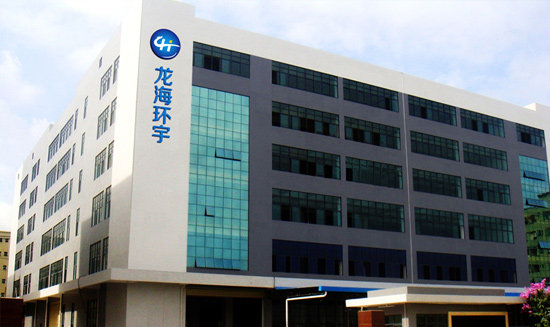



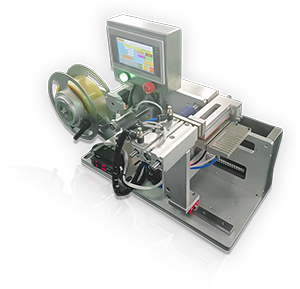
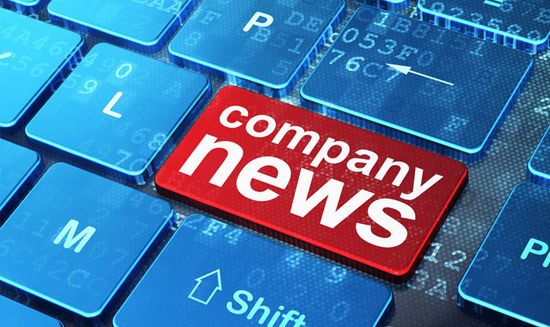
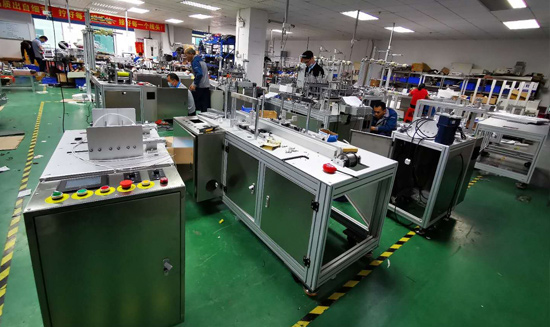
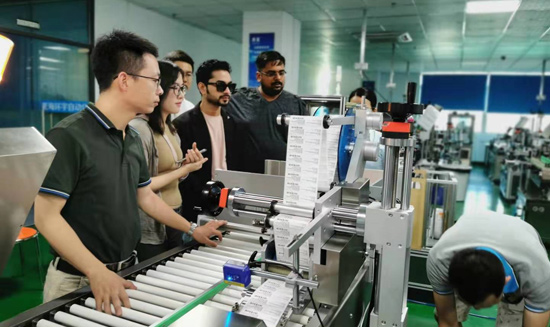




 微信咨询
微信咨询